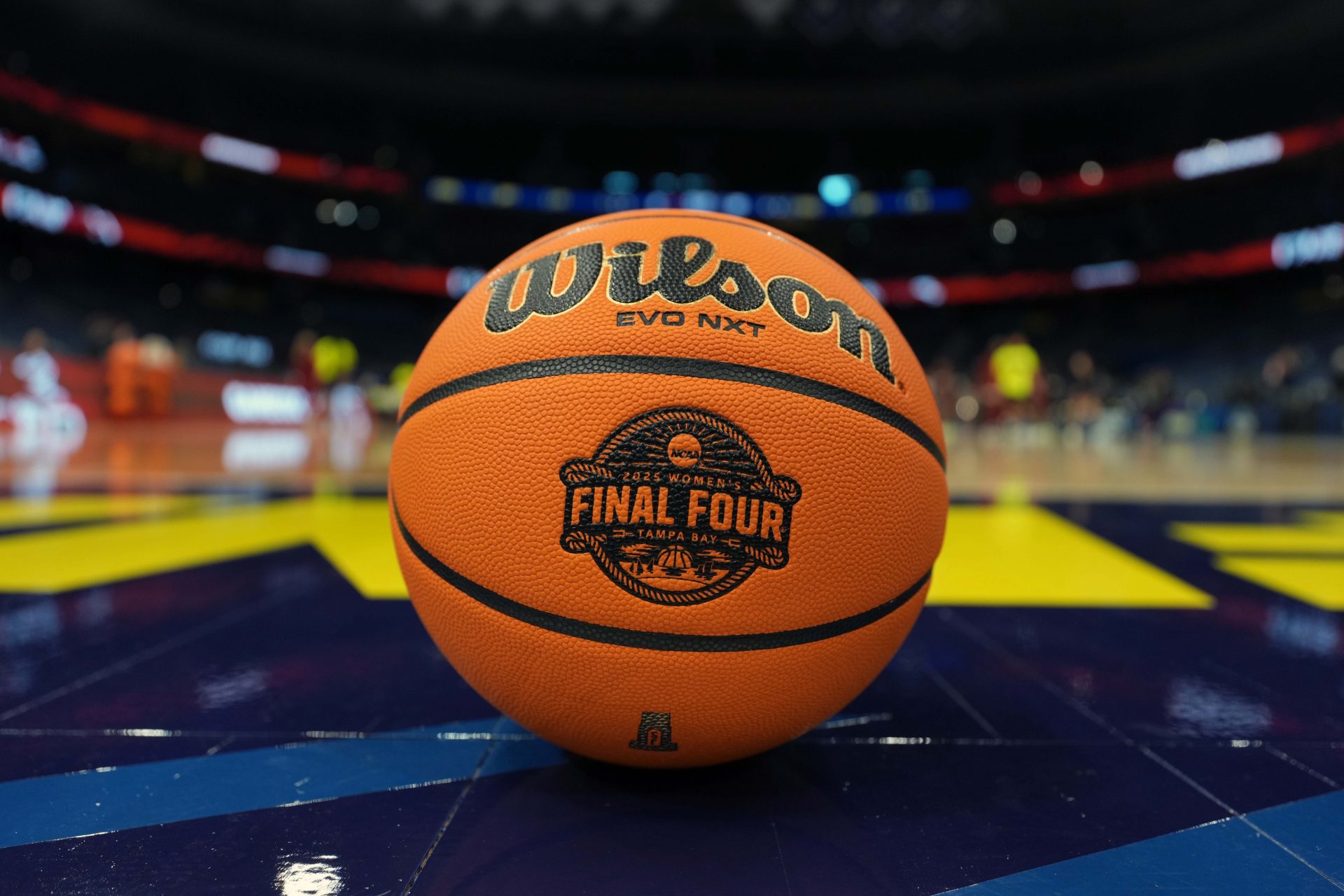In today’s world of men’s college basketball, the transfer portal isn’t just a trend—it’s a movement. Once viewed as a backup plan for athletes in search of playing time, the portal has now become one of the most powerful tools in roster building.
Whether you’re a coach trying to build a Final Four squad or a fan trying to keep up with who’s in and who’s out, the transfer portal is where the action happens. With COVID-19 exceptions, JUCO impacts, coaching changes, and evolving rules, this landscape is shifting fast, so here’s everything you need to know.
What Has Changed: The Evolution of the Transfer Portal
When the NCAA launched the transfer portal in 2018, the system was designed to simplify the process for student-athletes switching schools. Since then, however, it’s grown into a full-on phenomenon, especially after two key changes: the one-time immediate eligibility rule (starting in 2021) and the rise of NIL (Name, Image, and Likeness) deals.
Before 2021, transferring often meant sitting out a season. Now, players can switch schools once and play right away — no strings attached. This rule change has supercharged movement across programs, with over 1,800 men’s basketball players entering the portal in the 2023–24 cycle alone. Players no longer need a hardship waiver or redshirt year to make a move.
“The portal has completely changed the way we recruit. It’s like a second signing day—on steroids,” said Illinois head coach Brad Underwood.
NIL has also added a financial dimension to transferring. With endorsement deals on the line, athletes now weigh not just playing time and development but also where they can build their personal brand. Schools with strong NIL collectives and support staff have a clear edge in attracting elite talent.
COVID and JUCO Implications: Bonus Years and the JUCO Boost
COVID-19 had a massive impact on college eligibility rules. The NCAA granted all student-athletes in 2020–21 an extra year of eligibility, which led to a backlog of upperclassmen and a ripple effect that’s still being felt in 2025. Super seniors—fifth- or even sixth-year players—are still filling rosters. This has squeezed out incoming freshmen and increased reliance on transfers.
This ripple also affected JUCO (junior college) athletes. With fewer scholarships available at the D1 level due to returning seniors and transfer priorities, JUCO athletes were left battling for limited spots. As a result, many top JUCO players now use the transfer portal to increase visibility and find their best fit after a year or two of development.
Moreover, the portal has enabled players to move between levels more fluidly. Some bounce from JUCO to mid-major to high-major programs as their performance grows, while others transfer down to find more playing time.
What To Expect from Players and Teams in 2025
As we head deeper into the 2025 cycle, expect even more portal activity. The window for undergraduate players to enter the portal in men’s basketball lasts 45 days, beginning the day after Selection Sunday. For 2025, that means it opened on March 17 and closes on May 1. Graduate transfers and those with remaining COVID years are not bound by this window and can enter at any time.
So far, dozens of Power 6 starters have declared their intention to transfer, and more are expected following coaching changes and NBA Draft declarations. Key players who aren’t satisfied with their current roles or NIL packages are jumping ship. Meanwhile, others are looking for stronger programs to boost their exposure and professional chances.
Programs like Arkansas, USC, and Michigan have leaned heavily on the portal to rebuild rosters in recent years, often with immediate success. Coaches now allocate entire staff members just to track and scout portal players. They will essentially create a separate recruiting department just for transfers.
“We have to build rosters on a one-year basis now,” said Michigan head coach Dusty May. “Continuity is nice, but it’s not the reality anymore.”
Rules for Coaching Changes and the Future of the 2025 Portal
One of the biggest reasons players enter the portal? Coaching changes. When a head coach is fired or leaves for another job, it often triggers a mass exodus. The NCAA has tried to balance this by allowing athletes to enter the portal within 30 days of a coaching change, even if it falls outside the usual window.
This rule protects players from being locked into situations they didn’t sign up for. However, it also creates volatility—programs can lose half their roster after one coaching shift. Schools like Louisville, St. John’s, and Washington have seen significant turnover in recent years due to leadership changes.
Looking ahead, the 2025 portal cycle could be the most chaotic yet. With NIL regulations possibly tightening, discussions around second-time transfers gaining automatic eligibility, and potential new rules on tampering, the portal environment is due for another shake-up.
KEEP READING: Top 7 Walk-Ons in College Basketball History Include Scottie Pippen, Andre Drummond
A proposed NCAA rule may soon require more transparency around NIL offers and agreements, making it harder for schools to entice transfers behind closed doors. There’s also increased pressure to limit free agency by restricting transfer windows and enforcing harsher penalties for tampering.
Still, the trend is clear: players want control over their careers, and the portal gives them that freedom.
College Sports Network has you covered with the latest news, analysis, insights, and trending stories in football, basketball, and more!


